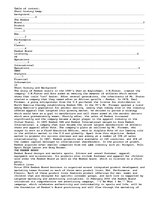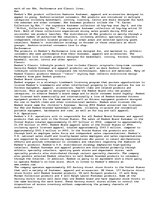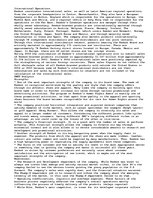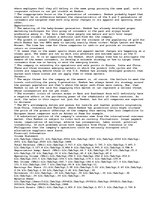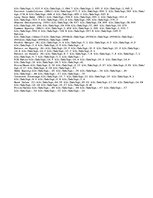-
Reebok
The story of Reebok starts in the 1890's when an Englishman, J.W.Foster, created the company: J.W.Foster and Sons aimed at meeting the demands of athletes which wanted shoes that could "run" faster. After several generations, the inheritants of Mr. Foster started a company that they named after an African gazelle - Reebok. In 1979, Paul Fireman, a young entrepreneur from the U.S purchases the license for distribution in North America thereby establishing Reebok USA. In the 80's Mr. Fireman spotted a trend among America's population for aerobic dancing, seeing that nobody else in the industry offered apparel that targeted this growing market, he decided to pursue a strategy which would have as a goal to manufacture and sell shoes aimed at the aerobic dancers which were predominantly women. Shortly after, the sales of Reebok increased significantly and the company became a major player in the apparel industry in the United States. In 1985 Reebok USA and Reebok International merged to form Reebok International, a company that soon became the second largest manufacturer of athletic shoes and apparel after Nike. The company's plans as outlined by Mr. Fireman, who stayed to work as a Chief Executive Officer, were to displace Nike of its leading role in the athletic market in the U.S and globally. Apart from this objective, Reebok wanted to promote its success overseas and was aiming at a number of 50% of sales internationally. …

